Difficult peripheral IV cannulation

“A few easy-to-identify risk factors can differentiate difficult to cannulate (DIVA) patients” Sweeny et al (2021).
Ported IV catheter microbiological colonization

“This study showed that 11% of ported PVCs were colonized by micro-organisms, with the vast majority (8.7%) of colonization occurring in the injection port” Juhlin et al (2021).
Mitomycin extravasation injury – Full Text

“Acute symptoms are mild with erythema, swelling, and pain. Weeks later, indolent ulcerations can appear with severe local necrosis, resembling doxorubicin extravasation” Mieczkowska et al (2021).
Midline catheters for extracorporeal photopheresis
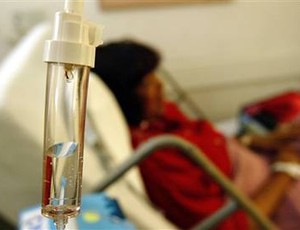
‘In GVHD patients, ECP can be performed efficiently and safely using single lumen polyurethane power injectable MCs” Marche et al (2021).
Power injectable PICC for stem cell transplant

“The dual-lumen power injectable PICCs provided a reliable access for blood sample collection, decreasing the number of blind percutaneous venous punctures in allo-HSCT” Shih et al (2021).
PICC guide wire comparison study

“The new type of medical guide wire component is effective for PICC catheterization and worthy of further promotion” Xiao (2021).
Peripheral IV catheter failure

‘PIVC failure and poor PIVC maintenance practice are a substantial health-care problem. It is often assumed that fixing poor practice will fix failure, but will it? Is the problem poor practice alone, or is it the device itself?” Marsh and Rickard (2021).
AV fistula cannulation complications – Full Text
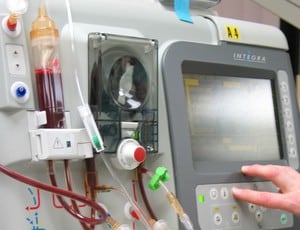
“BHb had the lowest risk of complications. Infections were not significantly increased using the buttonhole technique” Staaf et al (2021).
Meropenem loading dose

“We recommend the administration of a loading dose of 0.5 g meropenem over 30 min immediately followed by continuous infusion” Liebchen et al (2021).
Insulin-related needlestick prevention

“The effectiveness of this multifaceted project provides a practical template to reduce subcutaneous insulin-related needlestick injuries” Friel et al (2021).
Septic shock fluid resuscitation

“In septic shock patients, an initial fluid resuscitation rate of 20-30 mL/kg within the first hour may be associated with reduced 28-day mortality; however, this result needs to be confirmed by further high-quality randomized controlled clinical trials” Wang et al (2021).
Antimicrobial PICC

“After 30 months of data collection, the PICC CLABSI incidence reduced from a baseline rate of 1.83/1000 PICC days to 0.162/1000 PICC days (91.15% reduction, P = 0.0002)” DeVries and Sleweon (2021).
Cannulation pain reduction with virtual reality – Full Text

“To determine whether a VR intervention decreases pain and anxiety among patients undergoing peripheral intravenous catheter (PIVC) placement compared with standard care in the pediatric setting” Gold et al (2021).
Vascular access nurse specialist role

“The results of this quality improvement project have demonstrated the positive impacts of the VACNS on patient and organizational outcomes” Raynak and Wood (2021).
Vascular access informed consent

“This literature review aims to discuss common themes present in current evidence-based practice and point out critical areas of variability that exist” Hotchkiss and Thompson (2021).
PICC measurement in newborns

“The modified measurement method proved to be more effective for the central location of the tip” Tomazoni et al (2021).
CVC thrombosis risk in ICU

“Trauma, major surgery, and heart failure are independent disease-related risk factors of symptomatic CRVT” Kuang et al (2021).
Epinephrine auto-injectors knowledge – Full Text
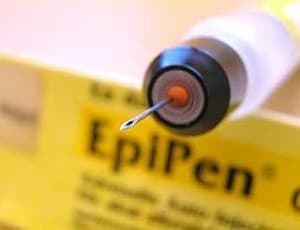
‘Healthcare workers` knowledge level regarding anaphylaxis management and ability to use EAIs correctly are not adequate” Arga et al (2021).
Vascular access for vasopressors
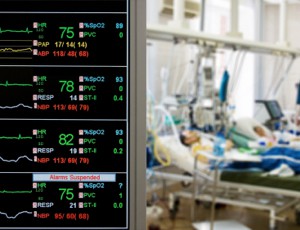
“We identify several important risk factors that may help guide clinicians deciding between peripheral and central venous catheter administration, and present a predictive model that may inform future prospective trials” Haimovich et al (2021).
Saphenous venous cannulation

“The study investigated the success rate of the great saphenous venous catheter placement performed by ultrasound-assisted technique compared with the conventional puncture method in infants and toddlers” Bian et al (2021).
Intraosseous access in neonates

“To compare the success rates and ease of use of three intraosseous (IO) access devices used in term neonates” Keller et al (2021).
Vascular access simulation-based education

“We compared the group that received simulation training with the group that received traditional training” Okano et al (2021).
Outpatient IV diuretic clinic – Full Text

“Outpatient IV diuresis is effective and well tolerated. It leads to significant weight loss, persisting in the majority of patients for 7 days” Verma et al (2021).
Implantable port abandoned for five years

“The nurse evaluated the TIVAD upon admission, finding that the skin around the reservoir was normal without any sign of infection as erythema or induration of the skin overlying the implantable port but there was intraluminal occlusion of the devices” He (2021).
Psychological impact of sharps injury

“Some nursing students reported psychological impacts after sustaining the sharps injury, which affected both their professional and personal life” Hambridge et al (2021).
Injection technique and mobile augmented reality

“It was determined that MAR applications had a positive effect on the knowledge and skill levels of nursing students regarding injection practices and provided persistence in the learned knowledge and skills” Kurt and Öztürk (2021).
Flushing port with huber needle
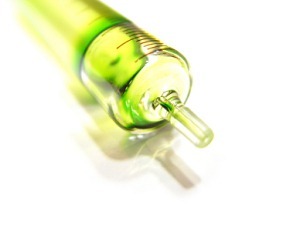
“In this study, the risk of TIVAD catheter occlusion was only related to puncture frequency regardless of the heparin flush composition or patient characteristics” Hsieh et al (2021).
PICC thrombosis and D-dimer level – Full Text

“The D-dimer levels maybe should not be used as a diagnostic index to rule out peripherally inserted central catheter-associated upper extremity vein thrombosis” Liu et al (2021).
Subclavian vein cannulation
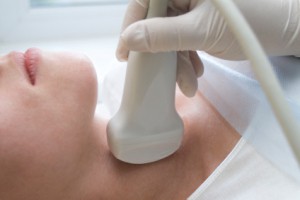
“Subclavian vein (SCV) cannulation can be performed using either supraclavicular (SC) or infraclavicular (IC) long-axis approach under ultrasound guidance (USG)” Mageshwaran et al (2021).
CRBSI and lipid emulsions

“The mechanism by which lipid emulsions promote mixed-species BF formation may involve significant upregulation of the expression of the flhDC, iha, HTA1, and HWP1 genes, which are associated with bacterial motility, adhesion, and BF formation” Li et al (2021).

